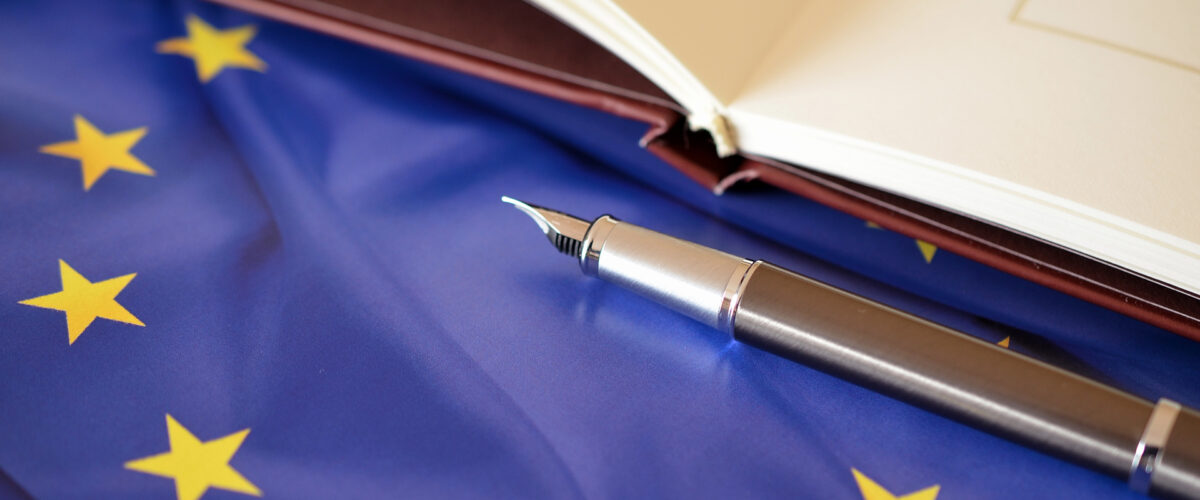article / 13 Nov 2020
New Rules on Tariff Rate Quotas for Importing Agricultural Products

The European Union (EU) uses a system of tariff rate quotas for the import of agricultural products from countries outside the EU. A tariff rate quota allows for a predetermined quantity of certain products to be imported at lower import duty rates than the normal duty rate for a particular type of product. To import at the reduced tariff rate, an importer must apply for allocations within the tariff rate quotas. The EU has now issued new rules for the application for allocations within tariff rate quotas.1 Below is a summary of the key points of the regulations.
- VAT registration in the EU
Any entity applying for an import licence must be established within the EU and registered for VAT. 2
- Securities
To be eligible for an import licence, the importer must lodge a security.3 Securities are returned to the importer in parts, in proportion to the quantity of products proven to have been imported. The security is proportionally forfeited if an importer fails to import products in accordance with the licence. The entire security is forfeited if the imported products comprise less than 5% of the quantity provided for by the licence. 4
- Requirement of prior registration (LORI)
The new regulations stipulate that certain sensitive, high-demand tariff quotas, or quotas for which circumvention has historically occurred, will require registration in an electronic system called LORI before companies can apply for an import licence.5 Registration will require a declaration of independence to ensure that importers cannot circumvent the import quota restrictions through the use of multiple shell companies applying for multiple licences under the same quota. This entails a declaration that the importer is not linked to other parties applying for the same tariff quota number or that each party applying for the same tariff quota number regularly undertakes substantial economic activities.
- Reference quantities
Certain sensitive products that are subject to high demand, or for which circumvention has historically occurred, require a reference quantity to be submitted. The reference quantity constitutes a limit above which an importer may not apply for allocation within the tariff quota. The reference quantity is an annual average quantity of products imported during two consecutive 12-month periods ending two months before the application may be submitted. The reference quantity may not exceed 15% of the quantity available under the tariff quota.6
In certain cases, the Commission may decide to suspend the reference quantity requirement, for instance if unforeseeable and exceptional circumstances threaten to cause underutilisation of a particular tariff quota. In such event, the declaration of independence requirement and the requirement of prior registration may also be suspended.7
- Proof of trade
If a quota is not subject to reference quantity requirements, a ‘proof of trade’ obligation applies. To be eligible for allocation within a quota, an importer must prove that it has historically imported a minimum quantity of the relevant product to be imported.8
- Time limit for licence application
Licence applications must, as a rule, be submitted within the first seven calendar days of the month preceding the start of the tariff quota period, and then continuously during the tariff quota period.9 However, for licences that are valid from 1 January, the application must be submitted between 23 and 30 November of the preceding year.
Parties intending to apply for licences that require prior registration (see section 3 above) must submit their LORI registration at least two months before the month in which the importer intends to submit its licence application.10
- Conclusion
The formalities for importing agricultural produce in high-demand categories have increased significantly. Time is of the essence if sufficient applications and registrations have not yet been submitted. Furthermore, the requirement for a declaration of independence may result in alterations to the company structure of large importing companies.
If you require any assistance or advice regarding the new rules on tariff rate quotas for agricultural products or if you simply wish to discuss the new regulations, please do not hesitate to contact us.
1 Two new regulations have been issued: Commission Delegated Regulation (EU) 2020/760 of 17 December 2019 supplementing Regulation (EU) No 1308/2013 of the European Parliament and of the Council as regards the rules for the administration of import and export tariff quotas subject to licences and supplementing Regulation (EU) No 1306/2013 of the European Parliament and of the Council as regards the lodging of securities in the administration of tariff quotas and Commission Implementing Regulation (EU) 2020/761 of 17 December 2019 laying down rules for the application of Regulations (EU) No 1306/2013, (EU) No 1308/2013 and (EU) No 510/2014 of the European Parliament and of the Council as regards the management system of tariff quotas with licences.
2 Article 3.1 of Regulation 2020/760.
3 Article 4 of Regulation 2020/760.
4 Article 5 of Regulation 2020/760 and Article 7 of the Commission Delegated Regulation (EU) 2016/1237 of 18 May 2016 supplementing Regulation (EU) No 1308/2013 of the European Parliament and of the Council.
5 Articles 3.4 and Article 13 of Regulation 2020/760.
Article 9.9 of Regulation 2020/760.
6 Articles 11.5 and 13.3 of Regulation 2020/760.
7 Article 8 of Regulation 2020/760. The minimum quantity for each relevant product is specified in appendices II-XIII of Regulation 2020/761.
8 Article 6 of Regulation 2020/761.
9 Article 13 of Regulation 2020/760.


